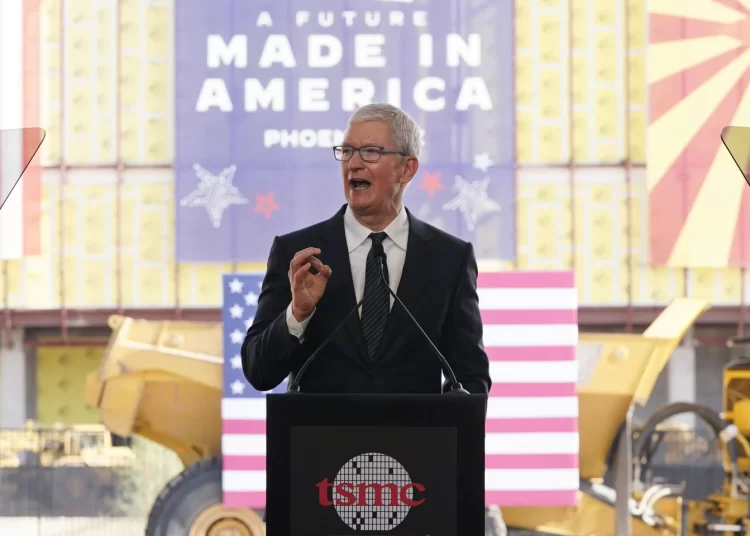JACKSON HOLE, Wyoming — Rising trade barriers. Aging populations. A broad transition from carbon-spewing fossil fuels to renewable energy, according to AP.
The prevalence of such trends across the world could intensify global inflation pressures in the coming years and make it harder for the Federal Reserve and other central banks to meet their inflation targets.
That concern was a theme sounded in several high-profile speeches and economic studies presented on Friday and Saturday at the Fed’s annual conference of central bankers in Jackson Hole, Wyoming.
For decades, the global economy had been moving toward greater integration, with goods flowing more freely between the United States and its trading partners. Lower-wage production overseas allowed Amaericans to enjoy inexpensive goods and kept inflation low, though at the expense of many US manufacturing jobs.
Since the pandemic, though, that trend has shown signs of reversing. Multinational corporations have been shifting their supply chains away from China. They are seeking instead to produce more items — particularly semiconductors, crucial for the production of autos and electronic goods — in the United States, with the encouragement of massive subsidies by the Biden administration.
At the same time, large-scale investments in renewable energies could prove disruptive, at least temporarily, by increasing government borrowing and demand for raw materials, thereby heightening inflation. Much of the world’s population is aging, and older people are less likely to keep working. Those trends could act as supply shocks, similar to the shortages of goods and labor that accelerated inflation during the rebound from the pandemic recession.
“The new environment sets the stage for larger relative price shocks than we saw before the pandemic,” Christine Lagarde, president of the European Central Bank, said in a speech Friday. “If we face both higher investment needs and greater supply constraints, we are likely to see stronger price pressures in markets like commodities — especially for the metals and minerals that are crucial for green technologies.”






Discussion about this post